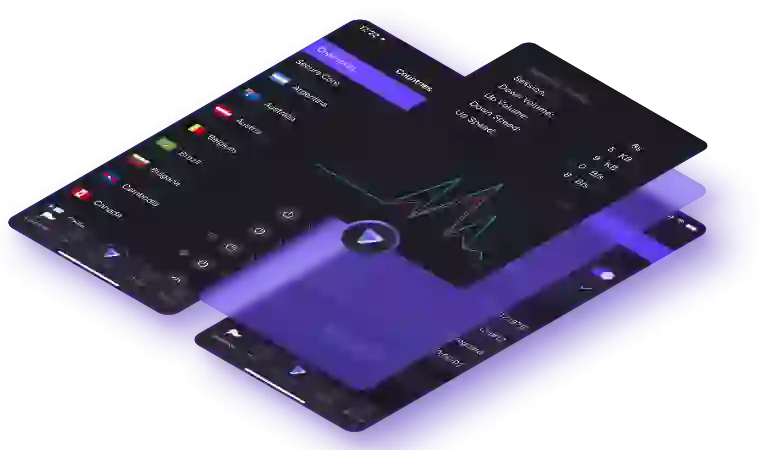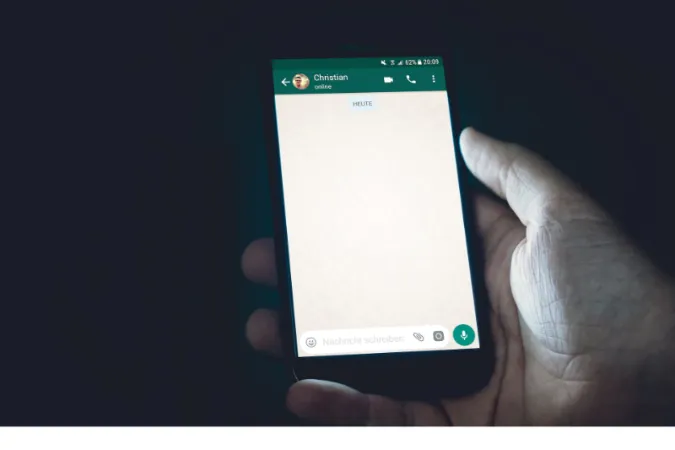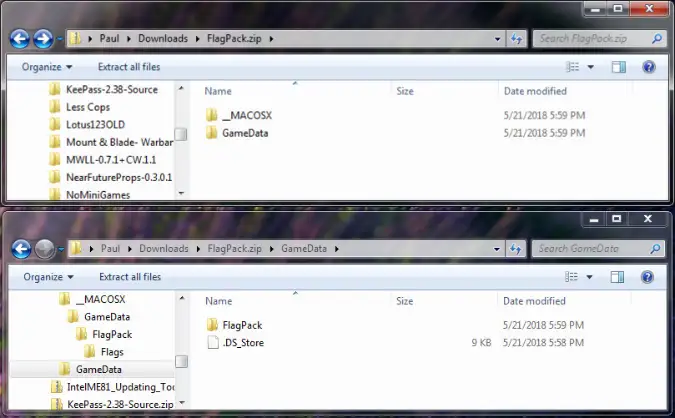In this modern digital age, Virtual Private Networks (VPNs) like ProtonVPN have become an essential tool to safeguard our online activities.
They provide us with that much-needed security, and privacy by encrypting our internet traffic and hiding our IP addresses. But, there’s more to VPNs than just anonymity and security.
Let’s talk about one such feature, shall we? Enter Split Tunneling.
Split tunneling is a neat feature that allows you to choose which part of your internet traffic you want to protect with the VPN, and which part you want to access the internet directly.
Think of it as having a superpower where you can be in two places at once! It’s incredibly useful when you want to access both local and international services at the same time.
But like all technologies, sometimes it might not work as expected. That’s what we’ll dive into today: why your ProtonVPN split tunneling might not be working and how to fix it.
Understanding ProtonVPN’s Split Tunneling
Split tunneling, as we briefly mentioned before, is a feature that allows you to split your internet traffic.
This means you can decide which part of your traffic is routed through your VPN, and which part accesses the internet directly, hence the term ‘split tunneling.’
It’s like taking a trip and choosing different routes for different parts of your journey.
So, why does ProtonVPN offer this feature? Well, split tunneling offers the best of both worlds. On one side, you can access geo-restricted services or protect your sensitive activities via the VPN.
On the other, you can still access local websites or apps at your regular internet speed, as this traffic isn’t routed through the VPN.
For example, you could be watching a region-restricted show on Netflix via your VPN while checking your local bank account in another tab without the VPN.
All of this without having to turn your VPN on and off. Sounds pretty convenient, right?
How to FIX Protonvpn Split Tunneling Not Working Issue
Here are the five (5) different methods you can use;
Method 1: Check Split Tunneling Settings
Let’s begin by checking your split tunneling settings. This step is crucial, as an accidental misconfiguration could be the root of the problem. Here’s how you can do it:
- Open your ProtonVPN application.
- Go to the ‘Settings‘ or ‘Preferences‘ menu.
- Find the ‘Split Tunneling’ section. You’ll see a list of apps or IP addresses included or excluded from VPN protection here.
- Ensure the apps or IP addresses you want to route through the VPN are included, and those you want to bypass the VPN are excluded.
- Save any changes and exit the settings menu.
Remember, this process may vary slightly depending on whether you’re using a desktop or mobile version of ProtonVPN.
Method 2: Reconfigure Split Tunneling
If checking your settings didn’t resolve the issue, you might need to reconfigure the split tunneling settings. Sometimes, a fresh start can do wonders. Here’s how:
- Open ProtonVPN and navigate to ‘Settings‘ or ‘Preferences‘.
- Go to the ‘Split Tunneling‘ section.
- Clear all the existing settings, effectively turning off the split tunneling.
- Now, restart the ProtonVPN application.
- Once you’re back, head over to the ‘Split Tunneling’ section again and re-add the apps or IP addresses as per your preference.
- After making these changes, save and exit the settings.
The aim here is to give your VPN a kind of ‘reset’. By wiping the slate clean and starting from scratch, we eliminate any small glitches or hiccups that might’ve been causing the issue.
Method 3: Adjust Firewall or Antivirus Settings
Next on our list is dealing with potential interference from your firewall or antivirus software.
While these tools are vital for maintaining your digital safety, they can sometimes mistake VPN traffic for something suspicious, causing disruption.
So let’s sort this out:
- Open your antivirus or firewall application.
- Look for a section on ‘Allowed Apps’, ‘App Permissions’, or something similar.
- Make sure ProtonVPN is listed and has the necessary permissions to operate.
- If ProtonVPN isn’t listed, you should add it manually.
Remember, each antivirus or firewall application is different, so the exact steps might vary. Refer to your software’s support guide if needed.
If you’re still experiencing issues after tweaking these settings, it might be worth temporarily disabling your antivirus or firewall.
Remember, this is for testing purposes only and you should reactivate them as soon as you finish testing.
Method 4: Update ProtonVPN
Keeping your applications updated is crucial to their smooth functioning, and ProtonVPN is no exception.
Outdated versions might not only have bugs but may also be incompatible with your device’s latest operating system updates.
Here’s how to update ProtonVPN:
- Open the ProtonVPN application.
- Navigate to the ‘Settings‘ or ‘Preferences‘ menu.
- Look for an ‘Update‘ or ‘Check for Updates‘ button.
- If an update is available, click to install it and then restart your ProtonVPN application after the update process is complete.
Remember, VPN developers regularly push out updates to improve performance and fix bugs. Keeping your ProtonVPN updated ensures you have the latest features and bug fixes, offering a smoother user experience.
Method 5: Restart & Reinstall ProtonVPN
If all else fails, the final method we suggest is restarting and reinstalling ProtonVPN. While it may seem a little drastic, it often proves effective in resolving persistent issues.
Here’s how you can do it:
- Close your ProtonVPN application completely.
- Restart your device to clear any temporary files that could be causing the problem.
- After your device restarts, try again using ProtonVPN and the split tunneling feature.
- If the issue persists, you may need to reinstall ProtonVPN. First, uninstall the application from your device.
- After uninstalling, restart your device again.
- Now, visit the ProtonVPN website or app store and download the latest version of the app.
- Install ProtonVPN, log in with your credentials, and configure your settings as per your preference, including the split tunneling settings.
This method is the software equivalent of ‘turning it off and on again’. By reinstalling the application, you ensure that you have the latest version and any problematic files from the previous installation are replaced.
Frequently Asked Questions (FAQ)
Q1: Why is split tunneling not working?
A: Various factors might cause split tunneling not to work. These include incorrect split tunneling settings, firewall or antivirus interference, outdated ProtonVPN application, incorrect VPN configuration, or issues with your device or network.
Q2: Does ProtonVPN support split tunneling?
A: Yes, ProtonVPN supports split tunneling. This feature allows you to choose which apps use the VPN and which apps bypass the VPN.
Q3: How do I enable split tunneling VPN?
A: You can enable split tunneling in the ‘Settings‘ or ‘Preferences‘ menu of your ProtonVPN application.
Look for the ‘Split Tunneling’ section and add the apps or IP addresses you want to include or exclude from the VPN.
Conclusion
Navigating the digital landscape securely is a primary concern for many, and VPNs like ProtonVPN make that journey safer.
However, it can be frustrating when you encounter issues like ProtonVPN’s split tunneling not working.
Remember, tech hiccups are part of the journey. Patience and a bit of know-how go a long way.
So, whether you’re comparing Atlas VPN and CyberGhost or figuring out how many devices can connect to ProtonVPN, always keep exploring, stay safe, and enjoy your digital freedom.




![[7 Ways] You May Not Have a Proper App for Viewing this Content](https://www.ticktechtold.com/wp-content/uploads/2023/02/Featured_error-message-you-may-not-have-a-proper-app-for-viewing-this-content-android-whatsapp.webp)
![7 Ways to FIX Telegram Banned Number [Recover Account Unban]](https://www.ticktechtold.com/wp-content/uploads/2023/03/Featured_fix-recover-telegram-this-phone-number-is-banned.webp)



